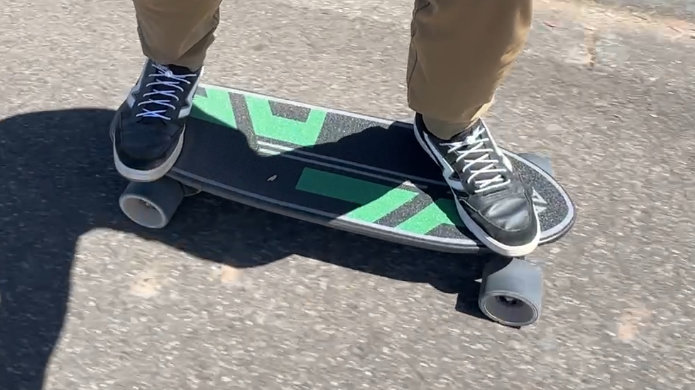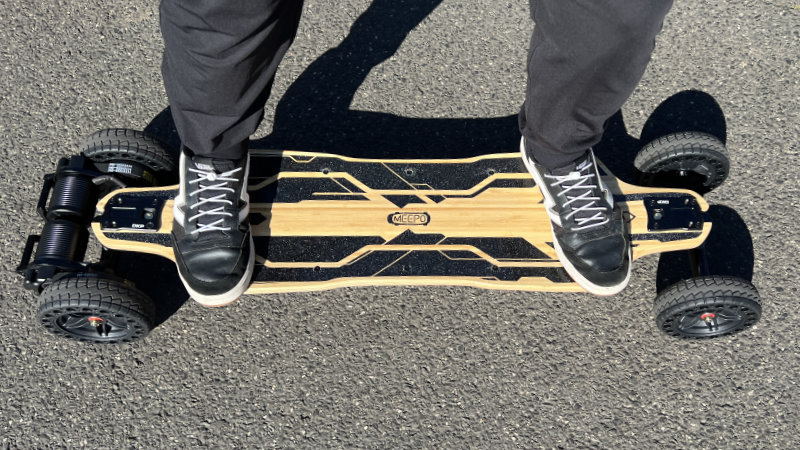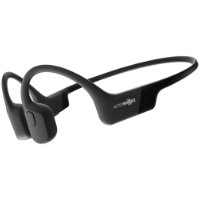This is often one of the biggest obstacles for eskaters.
Yes, you can ride electric skateboards uphill, however, not all of them do a good job of it and there are a few things you need to know about uphill riding to ensure your own safety and to protect your electric skateboard from breaking.
How Steep of a Hill Can eBoards Climb?
When looking at which electric skateboard you want to buy, manufacturers will often state the Hill Grade of their eboard as a percentage, most of the time it will be between 20-30%.
Without getting into the technicalities, 30% is extremely steep. The steepest hill in the world has a grade of 35% at its steepest.
I have some pretty steep hills in my area and they don’t even hit 20%, so for a lot of places, you’re going to be able to tackle most hills.
But, before you invest in an electric skateboard, you’ll want to know exactly how steep the hills in your area are so you can get an eboard that that will be able to climb them.
So let’s figure it out together.
How To Understand Hill Grade and Gradient
Think of the hill as a triangle, with your starting point, the bottom of the hill, at the bottom-left and your endpoint, the top of the hill, at the top-right.
The gradient is calculated by dividing the elevation change (the Rise) by the horizontal distance (the Run).
The Run is not the distance along the slope. The Run It is the distance travelled between the start and end if the road was flat.
Let’s run through an example.
Let’s say the distance travelled (run) is 400 yards (or metres) and the elevation (rise) is 75 yards.
To get the Hill Grade as a percentage we would do rise divided by run multiplied by 100.
That would give us a hill grade of 18.75% which in real words is fairly steep, but nothing most electric skateboards can’t handle.
If you wanted to convert that percentage into degrees, it’s a lot more complicated, so I just use this image to figure it out.
The easiest way to figure out the grade of a specific hill is to download a Clinometer app on your phone, head over to the hill, open the app and place your phone on the ground.
It will give you a pretty good estimate on the incline at that particular spot.
Try it out at multiple points along the hill to see how it differs and you can average it out to get a reasonable idea of how steep the entire hill is.
What Factors Will Affect Your Hill Climbing Ability?
The Weight Of The Rider
The power required from an electric skateboard to move at a certain speed with someone who is 200lbs is greater than someone who is 150lbs.
This is further magnified when you add an incline. Damn that gravity.
This might sound obvious but is often overlooked by new riders looking to buy their first electric skateboard.
The Power Of The Electric Skateboards Motors
The more power your motors can output directly affects the eboards hill climbing ability.
Generally speaking, belt-drive motors have more power compared to hub motors and therefore will be able to climb hills easier.
That’s not to say hub motored eboards can’t climb hills, I have ridden a lot of hub motor boards that climb hills really well.
Belt-drives will just climb a lot better.
Size Of The Wheels
If all other parts are constant, by reducing wheel size, you will get higher acceleration.
Smaller wheels will be able to climb hills slightly easier, however, I would not put much emphasis on this factor in your buying decision.
The Battery Life
As the battery begins to deplete, you will notice that you start to lose some power.
The main reason this happens is so that the ESC doesn’t over-discharge the battery, causing the batteries to explode.
So if you have any hills to climb towards the end of your ride, you will see a significant decline in performance when climbing those hills.
Effects on the Board when you Ride Electric Skateboards Uphill
Shorter Range
If you’re riding up a lot of hills, your range will decrease significantly.
The motors will require a lot more energy than usual to climb hills so it will drain the battery much faster than if you were just cruising along on the flat.
Most eboards have regenerative braking built-in which means the battery recharges itself when you’re riding downhill, however, it feeds back in at about a rate of 20% of the power used to climb that hill.
The Skateboard Heats Up
As the motors are working overtime to push you up a hill, the friction will inevitably cause your motors to heat up.
A little bit of heat is normal and to be expected, but I would recommend you keep an eye on it.
Check your motors when you get to the top of a steep hill, if they’re really hot, turn your board off for a bit and let them cool down.
You’d hate to burn out the motors and have to spend dollars to get them replaced.
Riding Back Downhill
Finally, what goes up, must come down.
Make sure you know how to use the brakes properly and safely on your descent so that you don’t lose control.
Picking up too much speed can quickly lead to speed wobbles which will most likely result in you coming off.
Please ride safe.
The Best Electric Skateboards For Riding Uphill
There is a lot to think about if you’re going to be climbing a lot of hills on your electric skateboard.
To keep it simple, your best bet is to go with an electric skateboard that has dual belt drives. You can’t go wrong there.
Hub motor boards aren’t out of the question, but be sure to get something powerful enough.
Here’s a quick list of my favourite eboards that are great at tackling those inclines.
- WowGo AT2 (belt-drive)
- WowGo 3X (belt-drive)
- Meeop Hurricane (belt-drive)
- Meepo NLS Pro (hub motors)
- Backfire Zealot S (belt-drive)
- Backfire G3 Plus (hub motors)
- Teamgee H20T (hub motors)
































